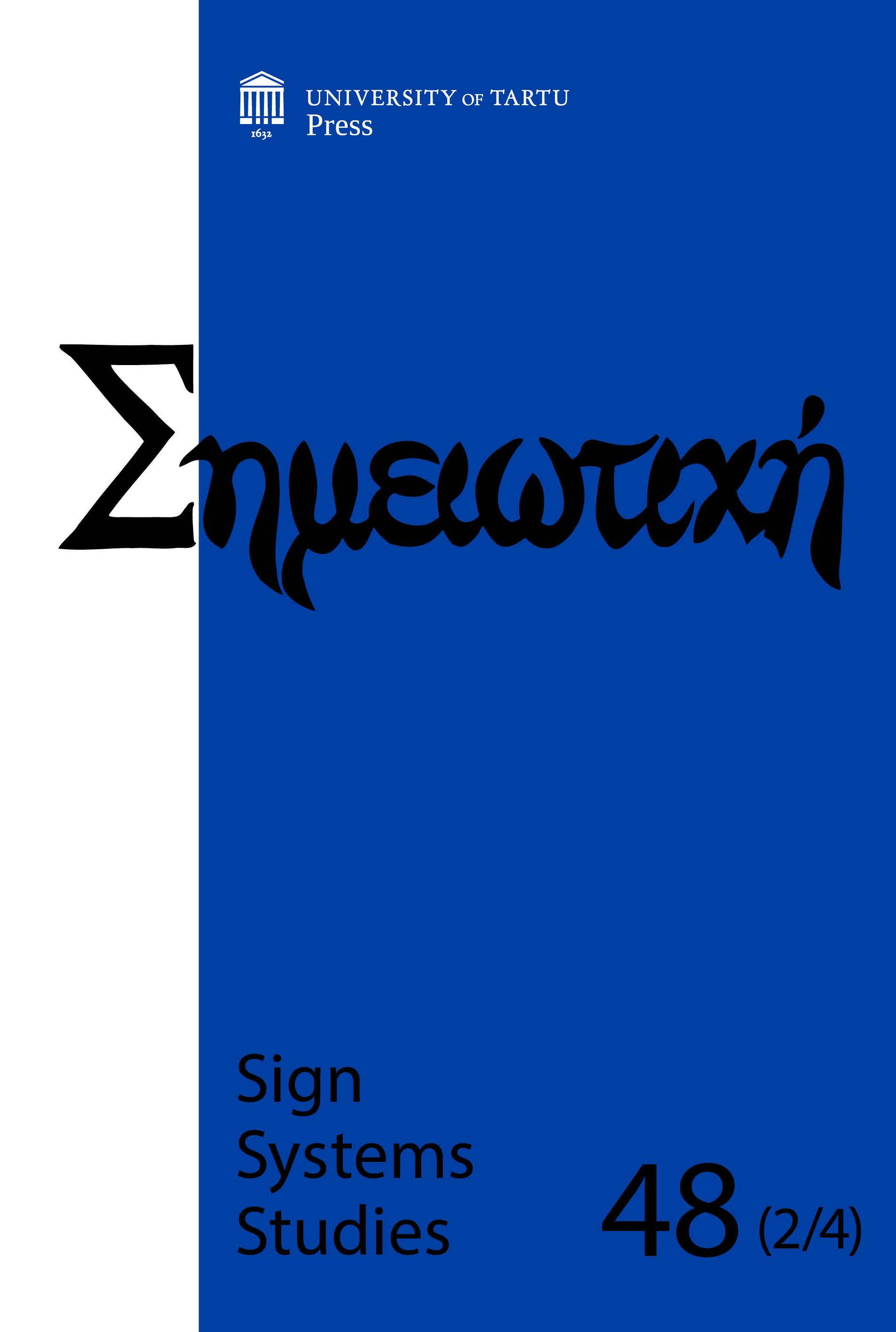A semiotic approach to language ideologies: Modelling the changing Icelandic languagescape
DOI:
https://doi.org/10.12697/SSS.2020.48.2-4.05Keywords:
language, ideology, semiotics, Icelandic, purismAbstract
Attempts have been made to examine how speakers frame linguistic varieties by employing social semiotic models. Using ethnographic data collected over many years, this article applies such a model to Iceland, once described as the ‘e-coli of linguistics’ – its size, historical isolation and relative linguistic homogeneity create conditions akin to a sociolinguistic laboratory. This semiotic model of language ideologies problematizes the prevailing discourse of linguistic purism at a time of sociolinguistic upheaval. The analysis shows how an essentializing scheme at the heart of Icelandic language policy ensured that linguistic “anomalies” such as “dative disease” and “genitive phobia” indexed essential differences. “Impure” language was indicative of un-Icelandicness. Once monolingual (indeed monodialectal), the Icelandic speech community is increasingly characterized by innovative linguistic transgressions which thus far have not been instrumentalized by language policy makers. It is shown how a semiotic model can help us analyse the function of language ideologies more generally.


